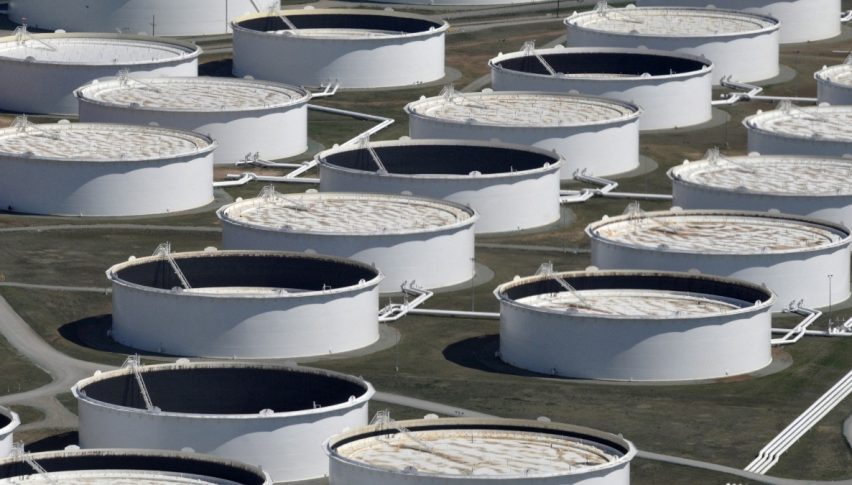Oil hits five-month highs on expectations of increased demand.
Brent futures gained 42 cents, or 0.48%, to $87.42 per barrel, while US West Texas Intermediate (WTI) crude rose 54 cents, or 0.65%.

In China, manufacturing activity expanded for the first time in six months in March, according to an official factory survey, supporting demand for oil in the world’s largest crude importer.

On Monday, crude oil prices rose by nearly 1% to five-month highs, driven by expectations of increased oil demand following the release of encouraging economic news in the United States and China. Additionally, OPEC+ cuts and attacks on Russian refineries have reduced global supply.
Brent futures gained 42 cents, or 0.48%, to $87.42 per barrel, while US West Texas Intermediate (WTI) crude rose 54 cents, or 0.65%, to $83.71 per barrel, reaching highs not seen since October of last year.
The increase in WTI futures reduced the US “crack spread” for the second consecutive day, a differential that measures refinery profit margins, to its lowest level since May 2023.
In the United States, the manufacturing sector expanded in March for the first time in a year and a half, with a strong rebound in production and an increase in new orders. However, factory employment remained weak due to “considerable layoff activity,” and input prices rose.
Data from the US Department of Commerce last week showed that the Personal Consumption Expenditures (PCE) price index – the Federal Reserve’s preferred inflation gauge – moderated significantly in February, with a notable slowdown in the cost of services other than housing and energy.
While some analysts argued that the increase in manufacturing input prices could give the US central bank some time to cut interest rates, most believe that the moderation in the PCE price index should keep a rate cut on the table for June.
Lower interest rates reduce the cost of purchasing goods and services, which could boost economic growth and increase oil demand. In China, manufacturing activity expanded for the first time in six months in March, according to an official factory survey, further supporting oil demand in the world’s largest crude importer.
- Check out our free forex signals
- Follow the top economic events on FX Leaders economic calendar
- Trade better, discover more Forex Trading Strategies
- Open a FREE Trading Account



